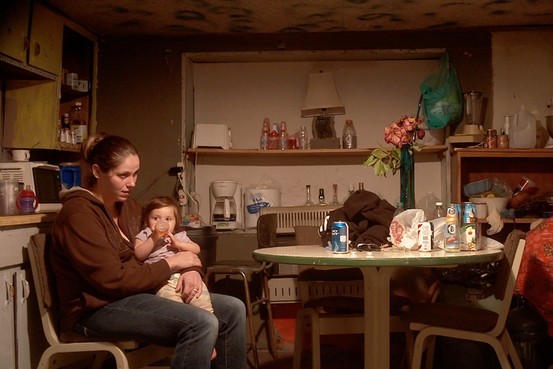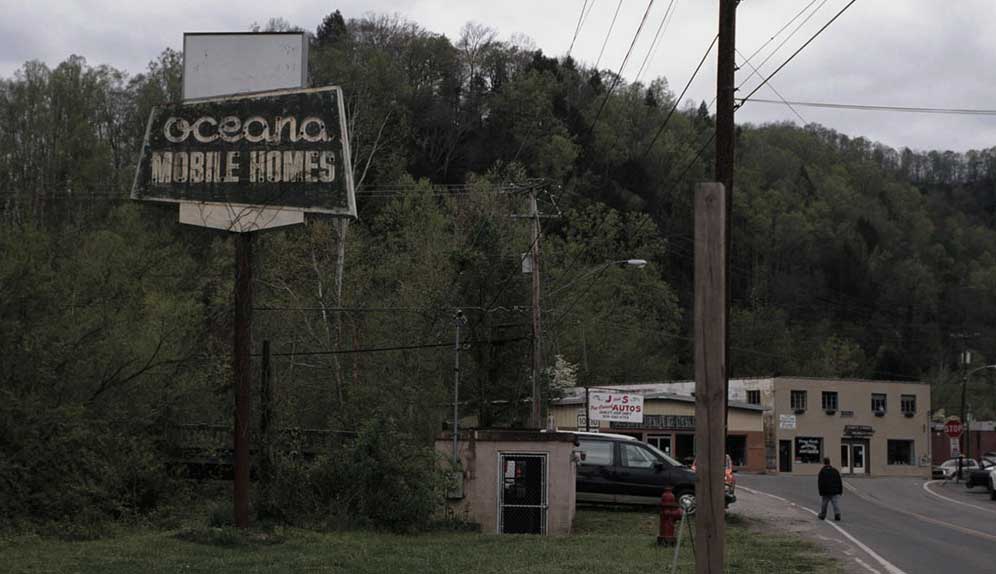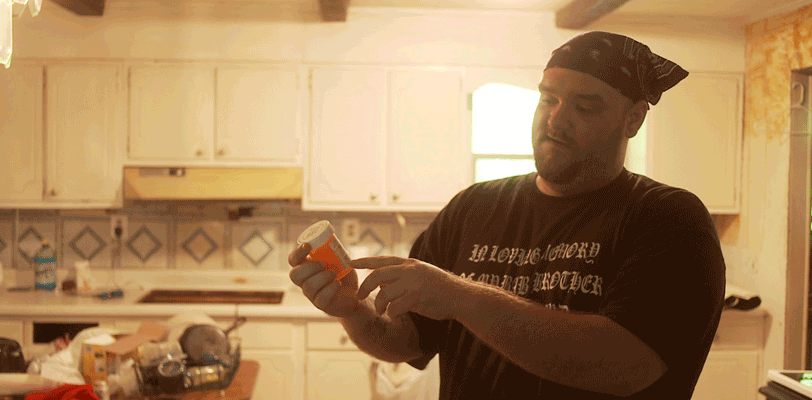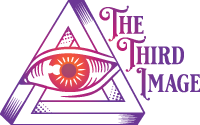Oxyana



I knew nothing of Oxyana’s existence prior to stumbling across it, totally by accident, one late night whilst YouTube surfing – an unfortunate habit I developed over the 2020 lockdown period. On the upside, it lead me to discovering this gem.
What I did have some knowledge of is the devastation that prescription drugs are causing in the U.S. We know these legal drugs are more powerful than many illegal drugs. We know that doctors push these drugs onto patients, and that black markets have developed. We know that the pharma companies profit enormously from the sales of these drugs, driven by aggressive sales tactics, and by their customers pain, physical and emotional (“pushers”, in other words).
In one of the world’s most high-income countries, in 2015 life expectancy started to decline. Death from drug overdoses tripled between 1997 and 2017, and the drugs that caused them are not illegal Latin American substances that were trafficked in from Colombia or Mexico. Over 40,000 Americans die each year from an opiod overdose. How many of them deliberate, we don’t know.
This is not medication, as defined by a drive to heal. This is addiction.
The Sackler family, largely responsible for these addictions, sits on a $13 billion fortune. Adjusted for inflation, about twice what Pablo Escobar was worth at the height of his power as a gangster.
These were stats I was familiar with. What I was not familiar with are the one-to-one stories. The human element to what is going on. A friend and colleague said to me earlier this year “Just go up to someone in the street and ask them to start talking about themselves, and you have a documentary”. This is the foundation of all good story telling: just let the person tell you their story. They will tell you things you would not be able to conjure up yourself.
For its introduction, Oxyana begins with a simple title card, white font over black screen: Wyoming Country, West Virginia. The location presented to us even before the title. And that’s pretty much the only explanation, of sorts, we get in this film. The rest of it is the inhabitants of Oceana speaking to us, telling us their stories – of this old coal mining town that has become the epicentre of the Oxycontin epidemic.
From one interview to another, all intertwined and weaved together in the edit, we meet a variety of people: young women, doctors, mothers and wives, husbands and fathers, couples describing their experience of the drug entering their town, devastating their lives and the community. Some of these people feel such a desperate hopelessness, with a habit costing them hundreds of dollars per day, they have to revert to crime and prostitution.
In one heart-breaking moment, one of the men we’re introduced to lays out all the different pills he has and in what order he takes them. He knows he is sick. He knows he’s destroyed, and his family’s destroyed. But he sees no way out. Nobody here does. “Fuck it, a 20 year old kid dies, oxycuted; he done it to himself” he tells us whilst crushing a pill in preparation for his next hit.
In these interviews, the film captures moments of such uncensored honesty that is rare in any mainstream documentary on any subject. These people are in pain, but they have a self-awareness that they’re willing to express on camera that many of us aren’t even capable of to our loved ones.
This is from first-time filmmaker Sean Dunne who captures the sincerity that many more seasoned directors could only wish for. It’s like he brings you into someone’s house to hang out with this stranger who starts telling you their life story and you’re like “Whoa, wait, what the heck are you saying?!”.
The cinematography of the landscapes serves to bring us into this stunning area of natural beauty, one which a resident puts it “Many people travel to Europe to see this sort of nature”. It adds to the feeling of being seeped into this community as a temporary visitor, and also adds to the tragedy of this devastated world.
There is so much pain, so much suffering experienced by others whom we don’t know, whom we can’t help directly – if they are wanting to speak up, the least we can do for them is listen.
You can watch this masterclass in raw documentary filmmaking on YouTube for free here.
